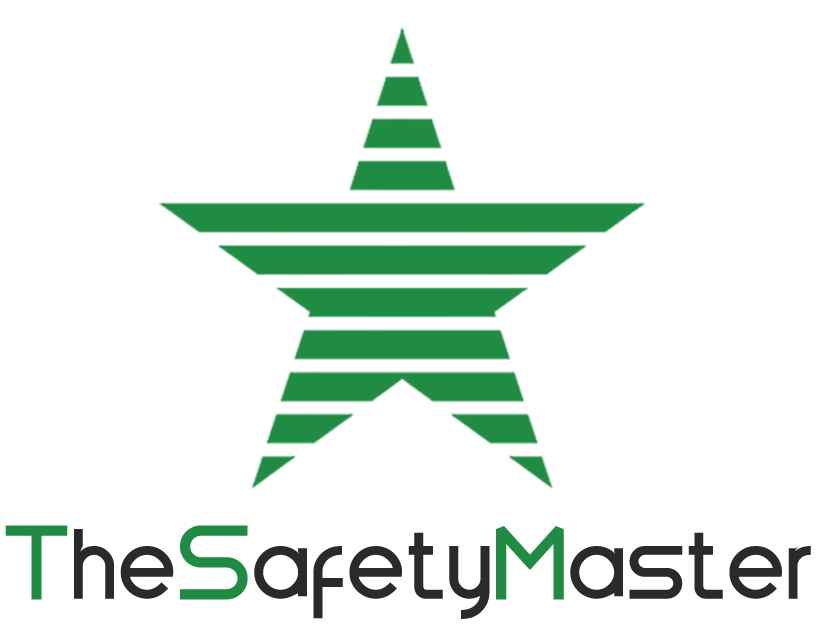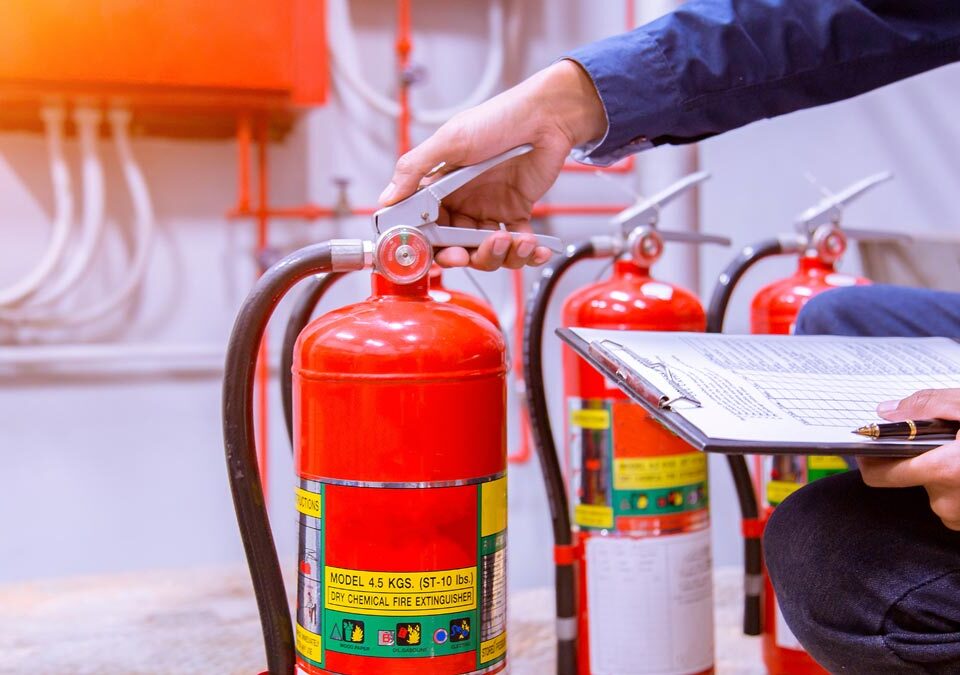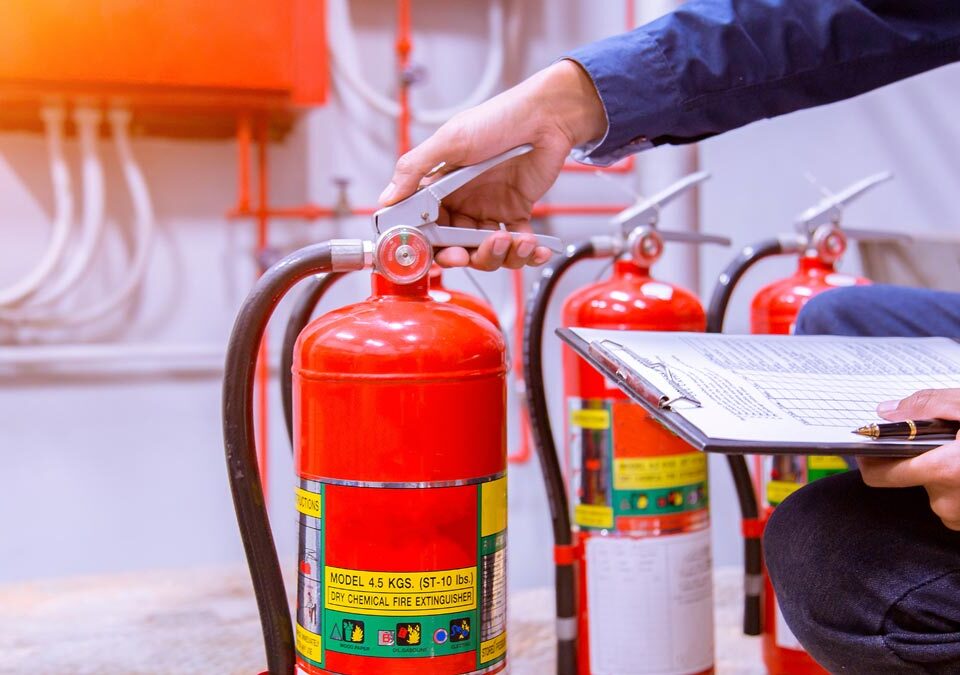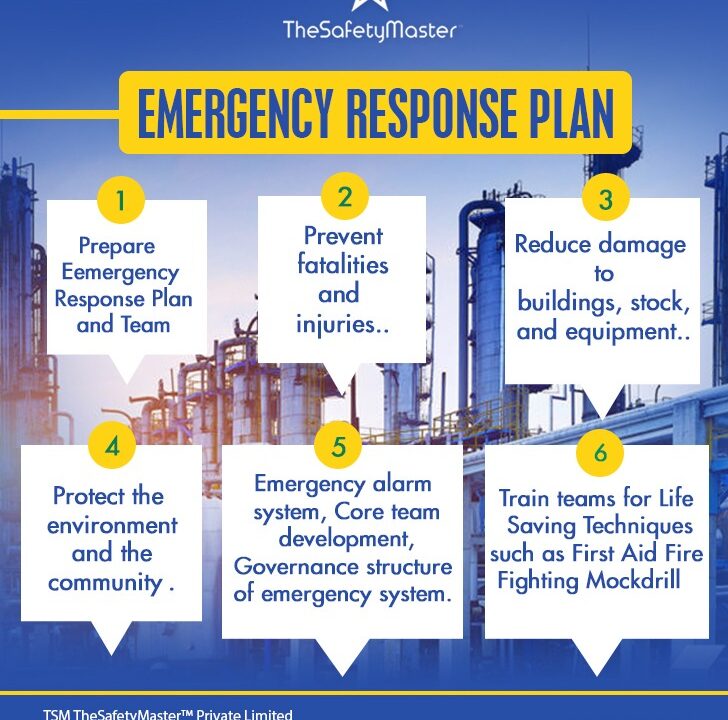Fire Safety Audit & Electrical Inspection Guide by The Safety Master

Emergency Response Plan ERDMP
May 23, 2025
Unlocking the Key to Occupational Safety: The Role of Comprehensive Safety Audits in Indian Industrial Landscape
May 26, 2025In industries and workplaces, even a minor electrical issue or unnoticed fire hazard can escalate into a major disaster. That’s why Fire Safety Audits and Electrical Safety Inspections are essential tools for risk prevention, compliance, and saving lives. At The Safety Master, our audits don’t just tick off boxes—they build a safety culture.
Why Are Fire and Electrical Safety Audits Important?
Unattended circuits, faulty wiring, or missing extinguishers often remain invisible until it’s too late. A Fire Safety Audit paired with a thorough electrical assessment identifies gaps in your safety framework. These audits help:
- Reduce fire hazards
- Prevent electric shocks and short circuits
- Ensure code compliance
- Improve emergency preparedness
What’s Included in a Fire Safety Audit?
Our Fire Audit process includes a deep dive into the condition of:
- Smoke detectors and alarms
- Sprinkler systems and hydrants
- Fire exits and escape signage
- Extinguisher types and placements
- Emergency response awareness among staff
Visit our Fire Audit page for detailed insights.
Electrical Safety Audit: What’s Covered?
An Electrical Safety Audit focuses on potential threats from electrical systems, such as:
- Overloaded circuits and exposed wiring
- Loose panel connections
- Earthing and grounding issues
- Power backup systems and maintenance
- Arc flash risk zones
In high-risk industries, we combine this with a Hazop Study to assess worst-case scenarios and failure points.
Who Should Consider These Audits?
Whether you’re in manufacturing, healthcare, retail, or IT, these audits are vital for:
- Compliance with safety norms
- Insurance renewals
- Protecting staff and infrastructure
- Meeting stakeholder safety expectations
How These Audits Fit into Process Safety Management
We align both fire and electrical audits with your larger Process Safety Management systems. This integration ensures that you’re not only checking systems, but you’re preparing people and processes for safety at every level.
Why The Safety Master?
With over a decade of industrial safety experience, The Safety Master serves as your trusted Safety Consultant. Our team delivers:
- Industry-specific audit checklists
- Real-time hazard detection
- Comprehensive safety reports
- Post-audit implementation support
Frequently Asked Questions (FAQs)
What is a Fire Safety Audit?
A Fire Safety Audit is a complete inspection of fire prevention, protection, and emergency readiness systems at your facility.
How often should an electrical safety audit be done?
Ideally, once every year or after major changes in electrical infrastructure.
Can both audits be done together?
Yes, it’s highly recommended. A combined audit provides a more complete safety picture.
Is it mandatory to conduct these audits?
In many sectors, regular audits are required by law or insurance policies.
What is covered in an electrical safety audit?
Wiring conditions, grounding systems, panel safety, overload risks, and arc flash zones.
What is a fire safety audit?
A Fire Safety Audit is a structured evaluation of a facility’s fire prevention and protection systems. It checks fire extinguishers, alarms, exits, and emergency response measures to ensure readiness and compliance with safety standards.
What is an electrical safety audit?
An Electrical Safety Audit identifies risks related to electrical systems, including faulty wiring, overloaded circuits, and grounding issues. It helps prevent fire hazards and ensures safe, uninterrupted operations.
What is safety audit and safety inspection?
A Safety Audit is a detailed review of an organization’s safety policies, practices, and systems. In contrast, a safety inspection focuses on spotting immediate hazards in the workplace. Together, they ensure overall compliance and reduce risks.
What are the 5 steps of fire safety?
The five key steps of fire safety are:
- Identify fire hazards
- Assess people at risk
- Evaluate, remove, or reduce risks
- Prepare emergency plans and training
- Review and update your Fire Audit regularly




